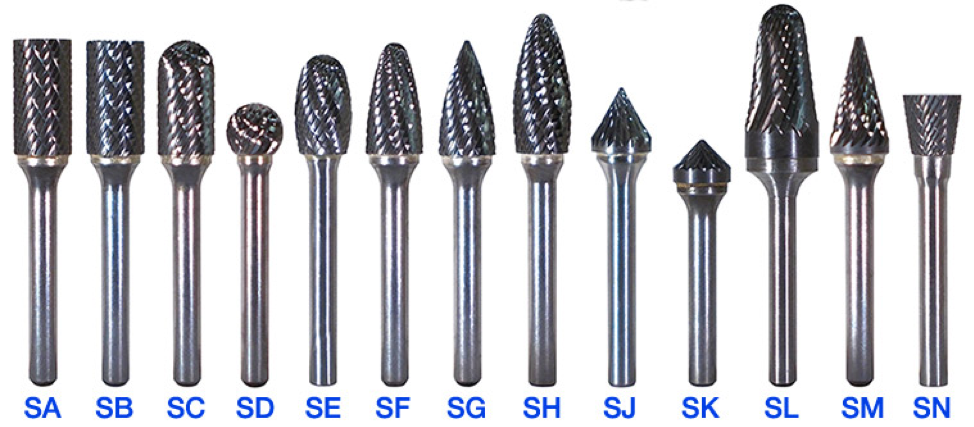Carbide burrs are very important should your task requires shaping, grinding, or cutting-especially with air tools. They will often utilize a selection of materials, including wood, ceramics, fiberglass, steel, iron, and titanium. Carbide burrs, also called die grinder bits or rotary files, can be found in a number of shapes, making it possible to modify the burr according to the work. The subsequent information will help you rely on them effectively in your project.

Rotary files, popularly known as carbide burrs, are tiny spinning tools used for cutting. Theoretically, carbide burrs are similar to files, nonetheless they cut and finished metal workpieces by rotating rapidly instead of cutting within a linear motion. Sharp edges, burrs, and superfluous material may be shaped, chopped, ground off, and removed with carbide burrs. Carbide burrs are rigid and robust, thus you will find fewer vibrations and therefore no bends.
From the output of aerospace and turbine parts plus the transformation of metal, carbide burrs are generally useful for deburring, weld preparation, chamfering, edge breaking, and removing material from intricate and challenging-to-reach places.
Use carbide straight shank drills or carbide micro drills when drilling holes in difficult metals. A carbide end mill, carbide slot drill, or carbide router does apply to cut slots, route, profile, contour, counterbore, and ream. A diamond ring burr is used to chop and shape glass or stone.
For more info about burr bits for steel you can check our net page
